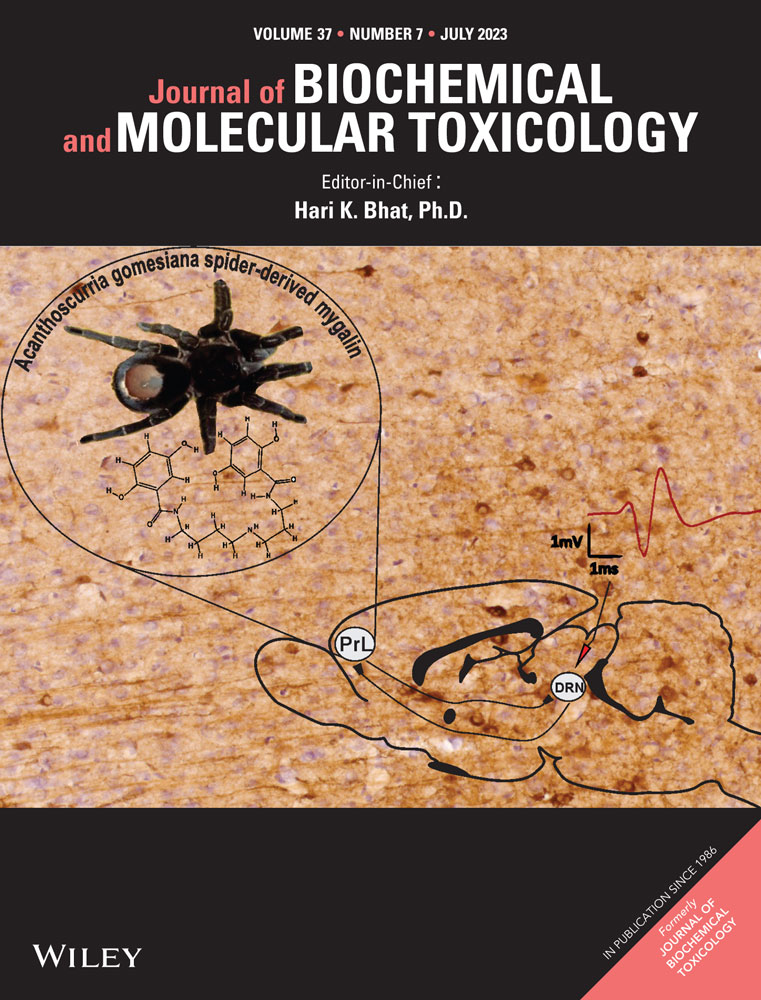Gentiopicroside enhances the protective effect of trimetazidine against myocardial ischemia-reperfusion injury via the AMPK/NLRP3 inflammasome signaling
Abstract
Myocardial ischemia-reperfusion injury (MI/R) leads to the inevitable clinical consequences of myocardial infarction and subsequent heart failure. Trimetazidine (TMZ), an anti-ischemic agent, exerts protective potential in MI/R but had limited efficacy for some patients. Here we sought to investigate the single and combined application of gentiopicroside (GPS) and TMZ in MI/R. Notably, GPS had little cytotoxicity to cardiomyocytes. GPS attenuated hypoxia/reoxygenation (H/R)-induced cell death, reactive oxygen species production, lactate dehydrogenase and malondialdehyde releases, and antioxidant stress enzyme superoxide dismutase activity, indicating the protective efficacy of GPS against H/R-induced oxidative injury. Importantly, GPS enhanced the protective efficacy of TMZ against H/R-mediated cardiomyocyte injury. Additionally, GPS mitigated the transcription and releases of pro-inflammatory cytokine interleukin-6 and tumor necrosis factor-α in H/R-treated cardiomyocytes, which were enhanced after co-treatment with TMZ. Mechanistically, GPS activated the AMP-activated protein kinase (AMPK) signaling to inhibit H/R-induced NOD-like receptor pyrin domain-containing protein 3 (NLRP3) inflammasome, which was further enhanced after costimulation with TMZ. Importantly, blocking the AMPK signaling reversed the protective roles of GPS and its combination with TMZ in H/R-induced oxidative insult and inflammation. In vivo, both GPS and TMZ alleviated the abnormal cardiac structure, cardiomyocyte apoptosis, and cardiac dysfunction in MI/R rats, which were further enhanced after administration with GPS and TMZ together. Furthermore, GPS intensified TMZ-mediated inhibition of oxidative injury, inflammation, and the AMPK/NLRP3 signaling in MI/R rats. Collectively, GPS enhances the protective efficacy of TMZ against MI/R injury through AMPK activation-mediated inhibition of NLRP3 inflammasome signaling, implying a promising therapeutic agent for the treatment of MI/R.
CONFLICT OF INTEREST STATEMENT
The authors declare no conflict of interest.
Open Research
DATA AVAILABILITY STATEMENT
All data generated or analyzed during this study are included in this published article.




